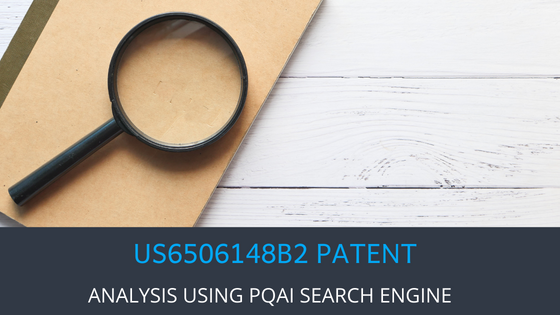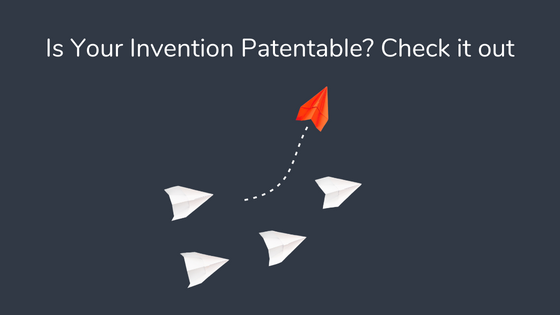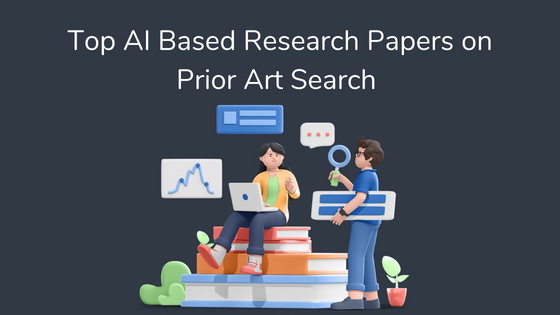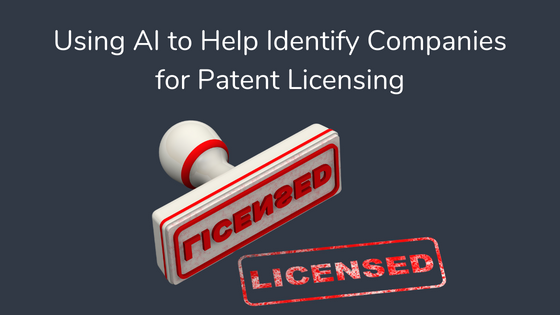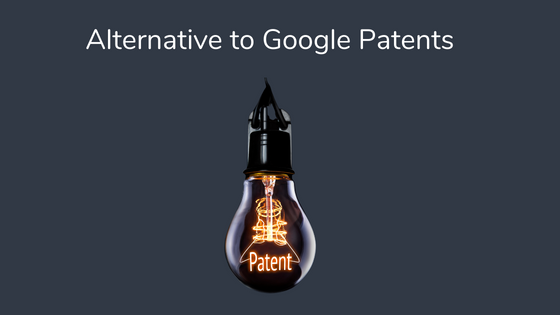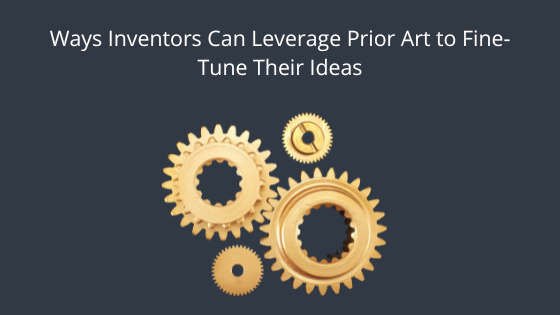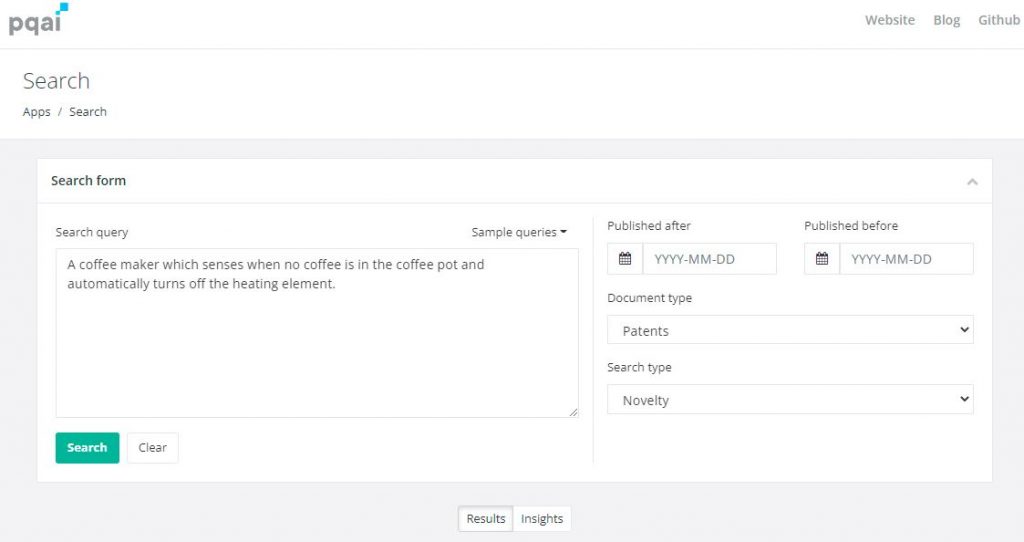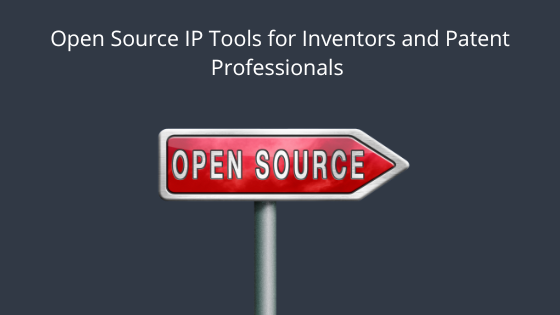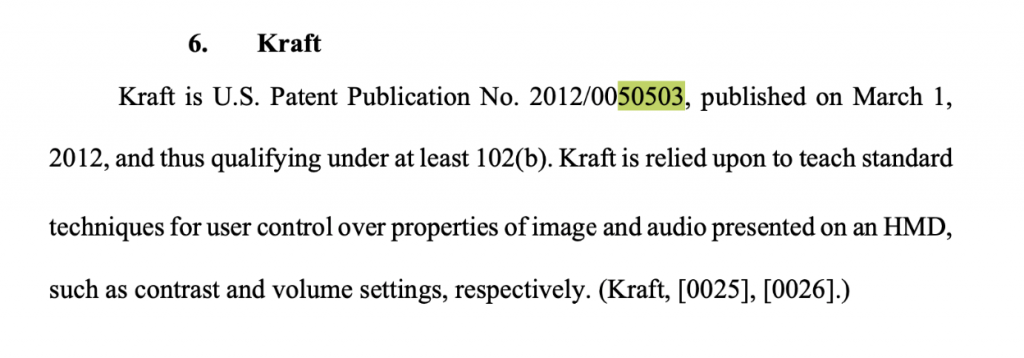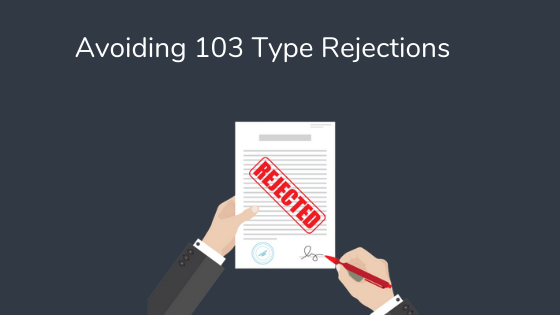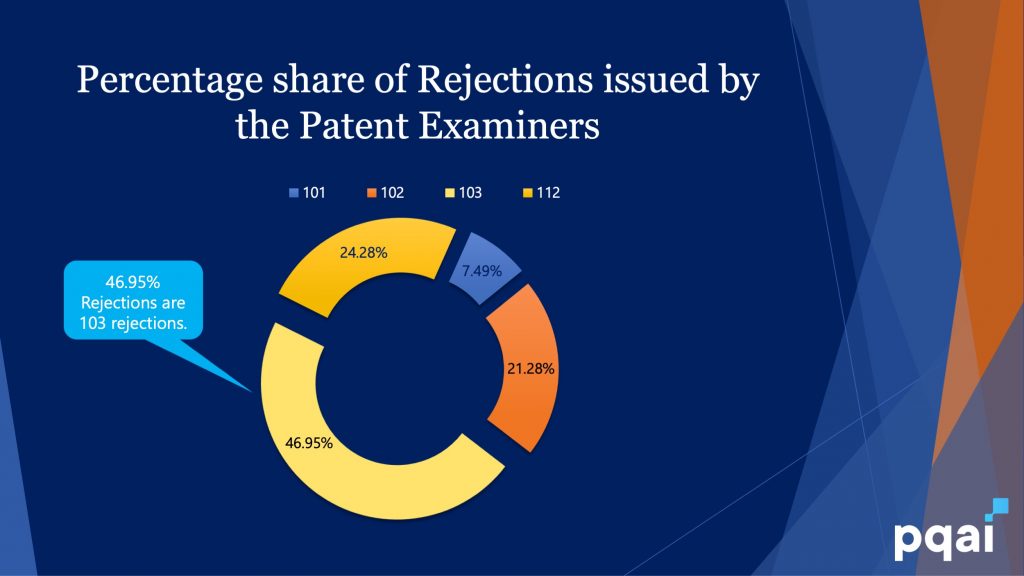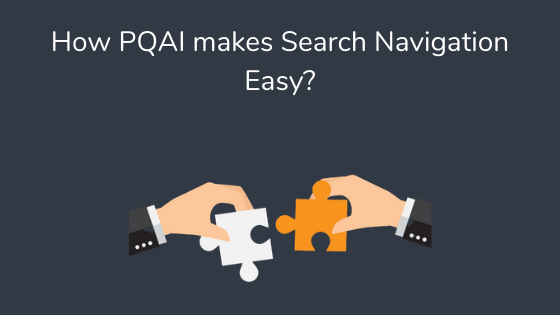The truth is that every news [channel] is a variant of the other, and the difference is one of degree. – Barkha Dutt
Let’s pause for a moment and distill the importance of a patent, shall we?
If you enter the search query on Google, “importance of patents,” you’re likely to receive an excerpt from a UW Law article stating, “Patents have a positive effect on society because they promote innovation and help develop new products.”
Now let’s turn our attention to a commonly accepted facet of human psychology.
Humans tend to pay more attention to sensational news, wouldn’t you agree?
We recently came across patent US6506148B2, which is notorious for making news rounds from time to time.
The patent title is “Nervous system manipulation by electromagnetic fields from monitors.”
The opening sentences of the abstract state, “Physiological effects have been observed in a human subject in response to stimulation of the skin with weak electromagnetic fields that are pulsed with certain frequencies near ½ Hz or 2.4 Hz, such as to excite a sensory resonance. Many computer monitors and TV tubes, when displaying pulsed images, emit pulsed electromagnetic fields of sufficient amplitudes to cause such excitation. It is therefore possible to manipulate the nervous system of a subject by pulsing images displayed on a nearby computer monitor or TV set.”
This may have the potential to trigger a public outcry about mass surveillance by “big brother” because sensationalism sells!
(Source: Instagram)
Using PQAI for Searching Similar Inventions from Patent and Non-Patent Literature
In this piece, we want to share five patents and scholarly articles we discovered using an open-source patent search AI called PQAI. We conducted our research without using expert patent search skills or complex keyword search strings. In fact, we created our search queries in plain English.
You may be wondering, “What’sPQAI?”
PQAI stands for Patent Quality Artificial Intelligence. It is an open-source library of patent-related tools providing a next-generation AI-based prior-art search engine. PQAI’s search engine evaluates search results and returns the top ten prior art references. In addition, the search engine trains itself to determine which results to return based on historical patent examination records.
Similar Inventions We Found Using PQAI That Can Incredibly Benefit Humans
#1 – Helping Epilepsy and Parkinson’s Patients Lead Fulfilling Lives
Patent US9033861B2 – “Low frequency neurostimulator for the treatment of neurological disorders”
Neurological disorders such as Epilepsy and Parkinson’s disease severely limit an individual’s ability to live a fulfilling life.
Epilepsy can cause seizures in the brain’s normal functioning. It presents dangers such as loss of awareness and motor control, pregnancy complications, and emotional health issues such as depression, anxiety, and suicidal tendencies.
Parkinson’s disease is a non-curable progressive disorder that affects the nervous system. It can cause debilitating outcomes such as trembling, rigid muscles, impaired posture, slurry speech, and loss of involuntary movements as minute as the blinking of eyes.
Frightening, right?
Our research using PQAI helped us discover this patent that explains a system for treating neurological conditions by low-frequency time-varying electrical stimulation.
In particular, this invention aims to help treat “certain neurological disorders such as epilepsy, migraine headaches, and Parkinson’s disease. The purpose of the present invention is to overcome the shortcomings of all known devices for treating such disorders.”
#2 – New-Age Neurostimulation Therapy for Treating Migraines and Epilepsy
Patent US10471271B1 – “Systems and methods of individualized magnetic stimulation therapy”
A widespread neurological condition that can severely affect your quality of life is Migraine.
Although characterized as a “strong headache,” migraine headaches cause severe pain, accompanied by nausea and vomiting.
Neurostimulation therapy is a potential treatment for conditions such as headaches and epilepsy.
Unfortunately, neurostimulation therapy is not without its drawbacks. This treatment can potentially cause adverse side effects, including “alterations in processes related to learning, cognition, memory, and attention.”
PQAI helped us to come across this patent which is an attempt to deliver better neurostimulation therapy for treating neurological disorders.
The invention offers the potential for better treatment of seizures, epilepsy, and cardiac disorders by avoiding stimulating non-target tissue and producing other unwanted side effects.
#3 – Inducing Lucid Dreaming Without Preoperative Hair Removal
Patent US20190374786A1 – “Low-powered electromagnetic brain stimulation dreaming apparatus and method”
Prepare to read something meta.
The practice is called lucid dreaming.
A lucid dream occurs when you are asleep but aware that you are dreaming.
What’s more, you can potentially take control of your dream’s narrative to some degree.
Since lucid dreams allow a state of awareness, with the individual reflecting upon this awareness, they are often associated with metacognition.
Metacognition is the process of thinking about one’s own thinking.
Lucid dreaming is not sorcery! It offers a lot of health benefits as well.
According to Healthline, the positive mental health effects of lucid dreaming include improved cognitive abilities, decreased anxiety and depression, and treatment for nightmares related to PTSD.
PQAI helped us unearth this patent for “a device which uses electromagnetic fields to stimulate brain activity during sleep.”
This invention aims to provide a better approach to inducing lucid dreaming.
Unfortunately, existing devices and methods have significant deficiencies. They use “electrodes or anodes to engage a subject’s skin or cranium.”
The patent summarizes that “these devices suffer from many inefficiencies and disadvantages, including that they almost exclusively make use of electrodes which must make direct contact with the scalp or skin and function by sending electrical current into the cranium rather than issuing electromagnetic fields from a solenoid. Patients must often shave their heads so that their skin can make contact with the electrodes.”
#4 – Delaying the Onset and Severity of Multiple Sclerosis
Patent US20180043174A1 – “Method and apparatus for electromagnetic treatment of multiple sclerosis”
The presumption that the human body is an “engineering” marvel is undoubtedly true.
It is a sobering fact that this marvelous mechanism can self-destruct for no reason whatsoever.
This is precisely the case in multiple sclerosis (MS).
MS is a lifelong condition that can affect the brain and spinal cord. It can cause effects such as loss of motor control and cognitive abilities, blurred vision, muscle spasms, etc.
But what causes its onset?
Multiple sclerosis mysteriously occurs when your immune system mistakenly attacks the brain and nerves. It does so by damaging the protective covering of nerves.
One approach to treat patients with MS is by the application of electromagnetic fields (EMF), and in particular, pulsed electromagnetic fields (PEMF).
Our research using PQAI helped us discover this invention that presents a method and apparatus for potentially reducing the severity, delaying, or preventing the onset of MS and MS-related symptoms by applying the aforementioned electromagnetic fields.
Human studies, in particular, have illustrated that such treatments can significantly reduce inflammation and pain and enhance cognitive performance.
#5 – Understanding the Relationship of Electromagnetic Fields and Neurodegenerative Diseases
Research Paper – Electromagnetic Fields and Neurodegenerative Diseases
PQAI can also index and provide non-patent literature to conduct your prior art research.
This article presents current knowledge about the participation of electromagnetic fields in the occurrence and treatment of neurodegenerative diseases.
This study further fuels interest in using safe magnetic fields to turn specific brain regions on and off to cure such conditions.
Moreover, here is a video on how we used PQAI to find similar ideas, patents, or inventions!
Parting Thoughts
Patenting is about looking into the future, wouldn’t you agree?
However, it’s tough to know how the world will evolve in the near future. Therefore, one approach that can interest an inventor is a generalization—expanding your idea.
Why? The idea (pun unintended) is to make your idea so broad that you run into obstacles stating your potential invention has already been invented.
Patents have an initial claim and then dependent claims. Generalization helps to broaden your idea in case some prior art is already there. Therefore, a prior-art search tool like PQAI can help you find the right segment.
About Us
PQAI is a not-for-profit initiative working to develop an open-source AI-based library of patent-related software components to speed up innovation and boost patent quality.
It is private and secure, empowering every inventor to ignite their success and creativity.
To learn more about PQAI, visit PQAI’s website. And to become a collaborator in this open-source project, you can explore PQAI’s GitHub directory.

